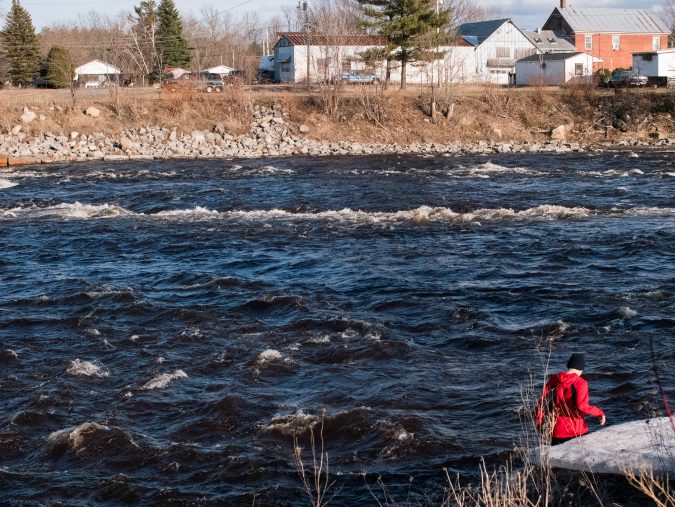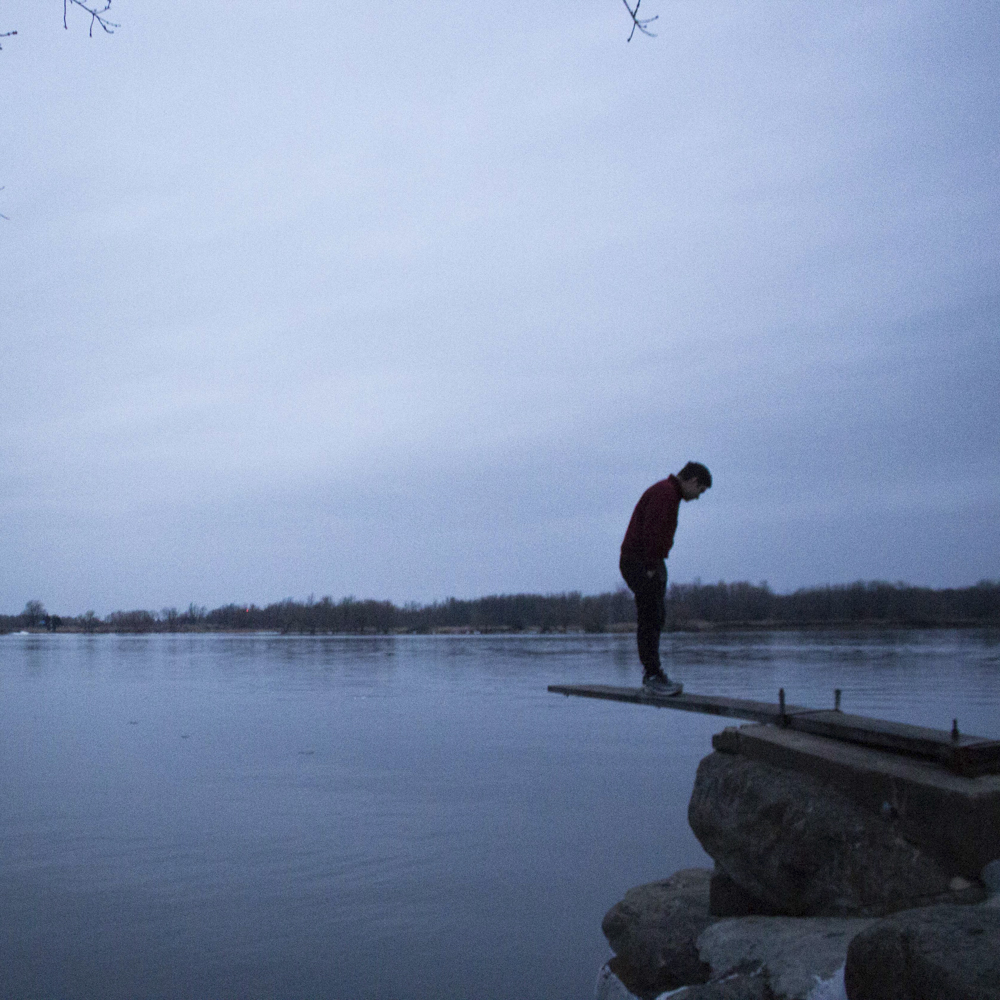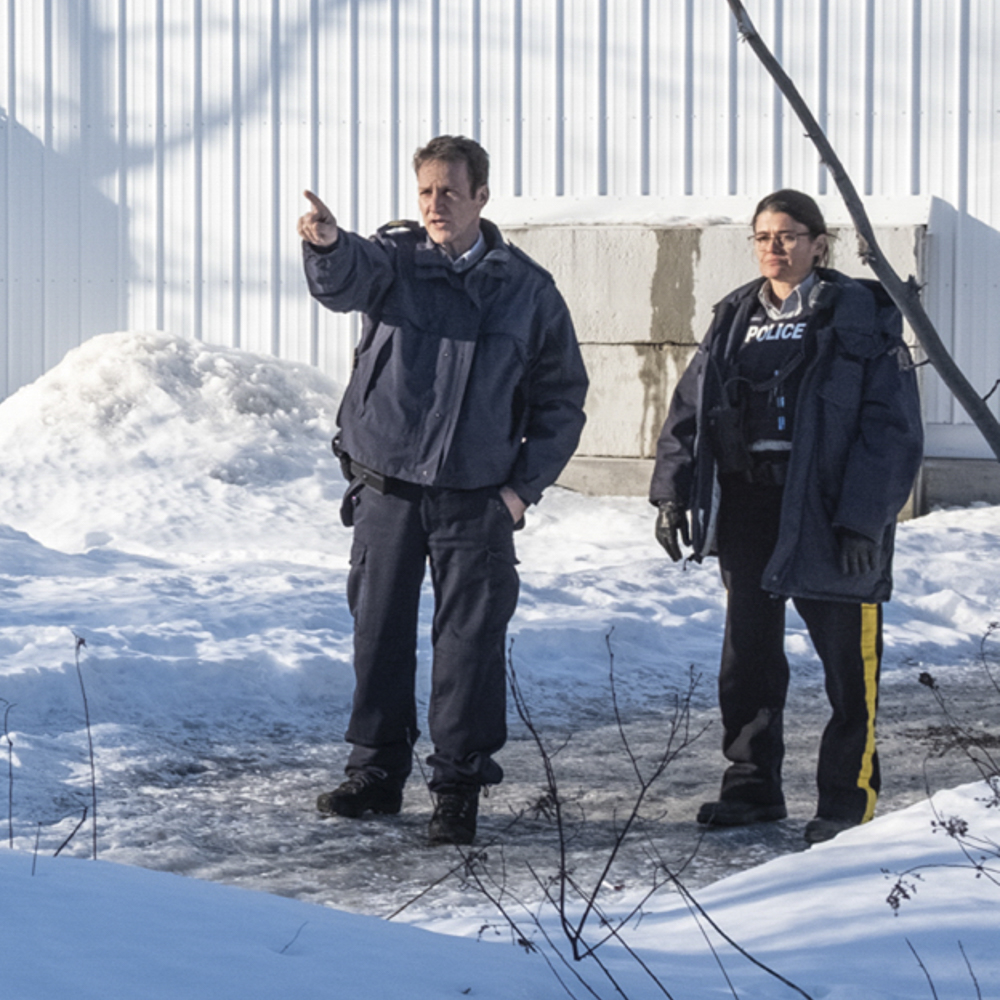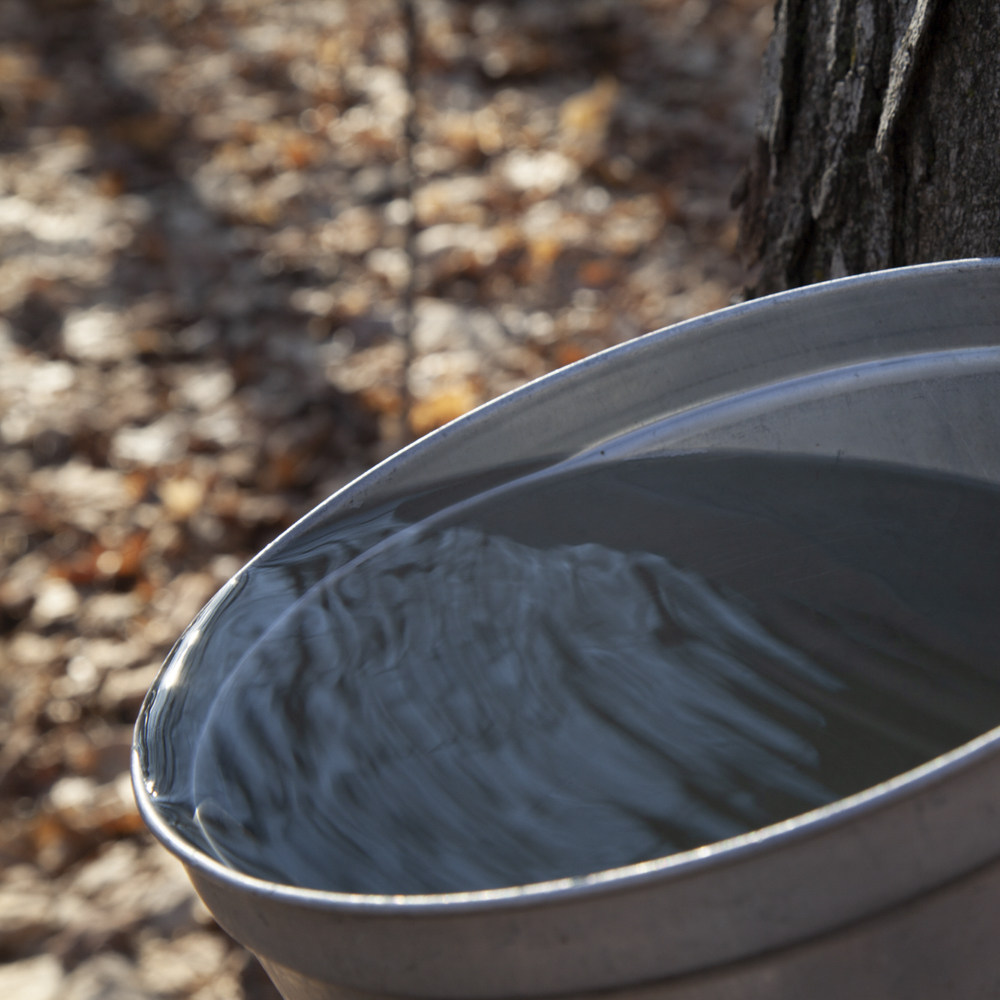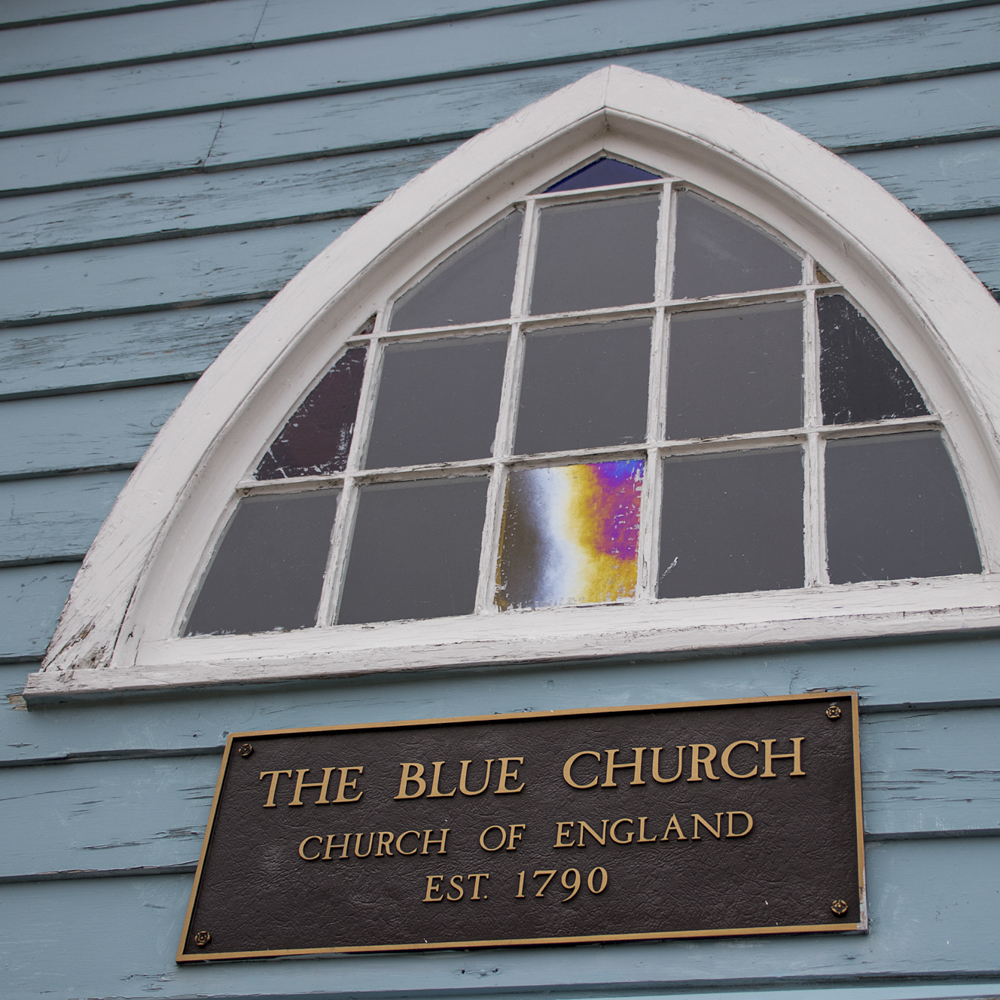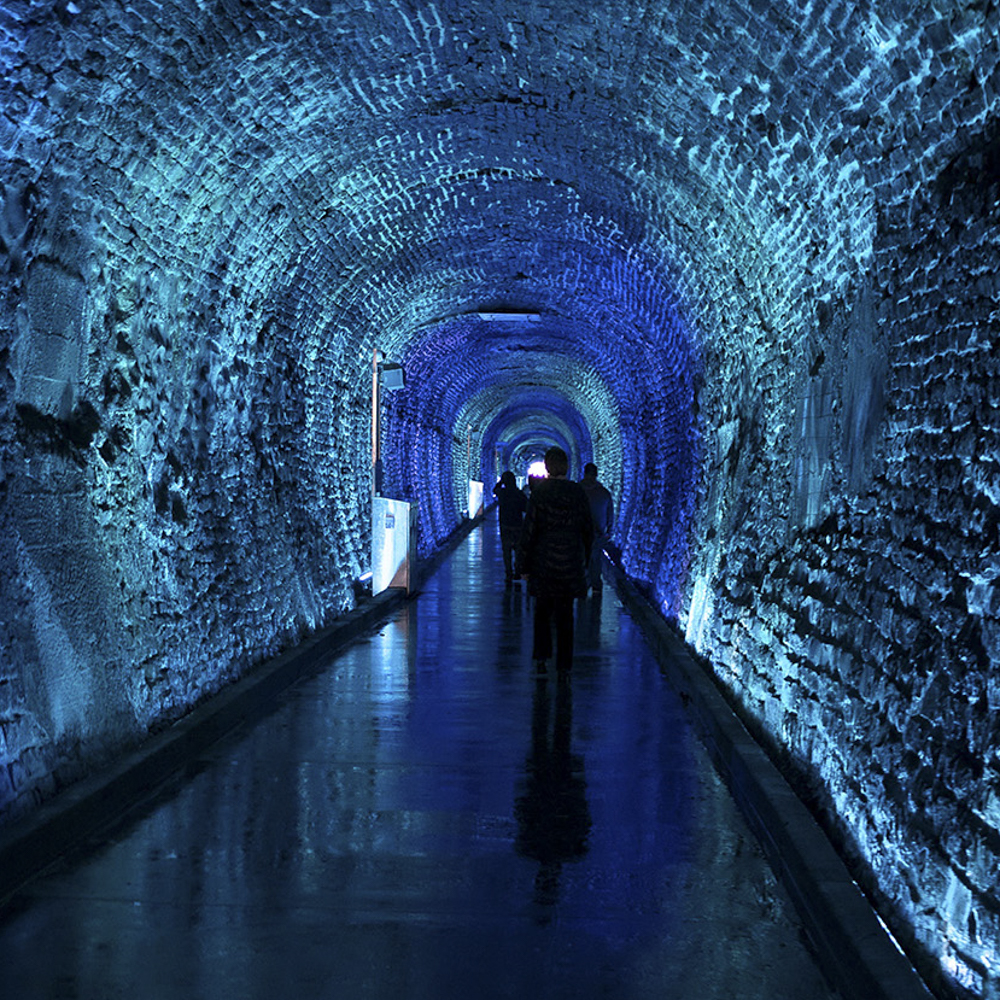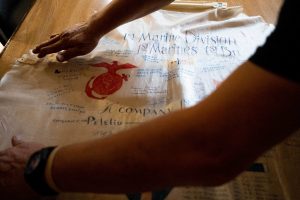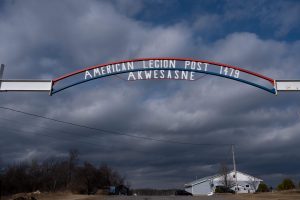Mohawks use new casino wealth to buy back ancestral land, fund social programs
Mohawks use new casino wealth to buy back ancestral land
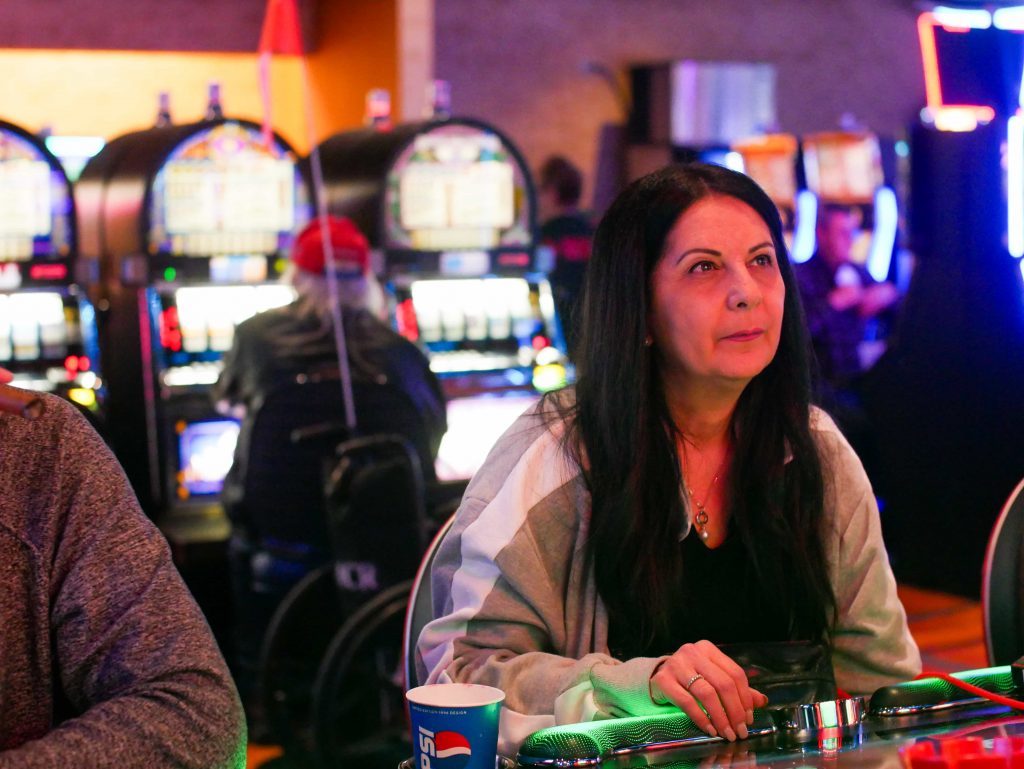
Emily Lauzon sipped on a coffee, bathed in golden light that penetrated the thick curtains of Sticks Sports Bar and Grill. The waitresses and staff are familiar with LauzonŌĆÖs stoic walk and neat ebony locks. At the Akwesasne Mohawk Casino Resort, her position as the assistant general manager has made her a local celebrity.
Twenty years ago Lauzon drove by the cement foundation of the resort, her four children in tow. She told them that when it was finished she would work there. Today swarms of visitors from the U.S. and Canada funnel from the bustling parking lot into the mouth of the casino. Annually, the resort brings in more than 1 million guests and donates upwards of $19 million to the tribal government, Lauzon said.
But the casino wasnŌĆÖt always so prosperous. When Lauzon started as an associate relations manager in 1999, the casino was run by an outside management company. She recalls sitting at the back wall of a conference room, the circular table surrounded by executives from Las Vegas. Only 20 percent of the employees were Indigenous.
ŌĆ£At the time, my thought was eventually itŌĆÖs going to be all tribal members sitting at this round table,ŌĆØ Lauzon said. ŌĆ£ŌĆśWe will learn to operate our own business and we will be successful.ŌĆÖŌĆØ
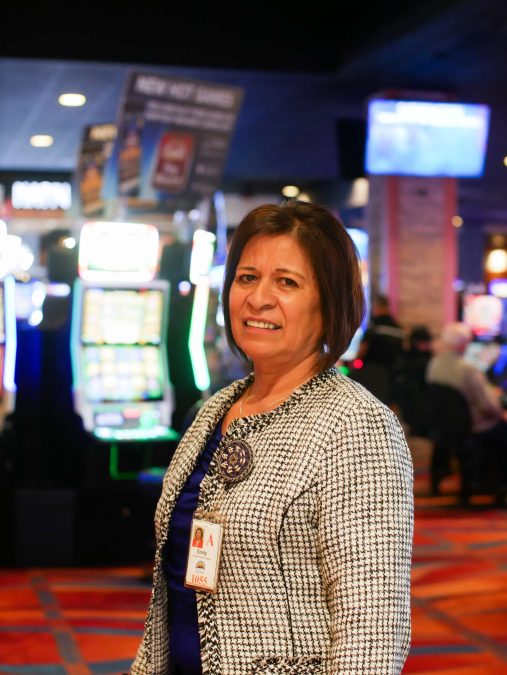
Nine months after the casino opened, the contract with the management company was terminated. Now, 75 percent of the executive board are Saint Regis Mohawk Tribe members, Lauzon said.
Before tourists flooded the casino, the tribe relied on special taxes and federal funds. As the dollars spent at the slot machines were re-routed to the government, programs that had previously scraped by were given room to thrive. Lauzon and Tsiorasa Barreiro, tribal executive director, said the casino was constructed to benefit all Saint Regis Natives. More than 20 years later, Barreiro said itŌĆÖs clear that the resort has done exactly that.
ŌĆ£We donŌĆÖt want to be sitting there with our mouths under the sap. We want to work for what we have,ŌĆØ Barreiro said. ŌĆ£Some of the narratives out there are, ŌĆśIndians are lazy, they want it on a handout from the government.ŌĆÖ ThatŌĆÖs not the case.ŌĆØ
As Barreiro turns onto the newly constructed Margaret Terrance Memorial Way, itŌĆÖs easy to see the tangible results of the casino money. Almost $3 million dollars from gaming transformed this part of Akwesasne into Generations Park, complete with a paved walking trail, covered lacrosse box, the Diabetes Center for Excellence and the new Tribal Administration Building.
ŌĆ£Fifteen years ago this was all just brush and nothing,ŌĆØ Barreiro said. ŌĆ£Now this complex is really one of the jewels of our community.ŌĆØ
The park is only a sliver of the whole picture. Barreiro cruised through the winding streets of Akwesasne, radio playing track 22 of a CD titled Rabbit Dance. The car jolted over potholes and he said that this road will soon resemble the newly paved streets that cover most of the community.
ŌĆ£WeŌĆÖre not waiting on the state or federal government to come and help us,ŌĆØ Barreiro said. ŌĆ£WeŌĆÖre going to fix our own roads. The gaming operation gives us those dollars to do just that.ŌĆØ
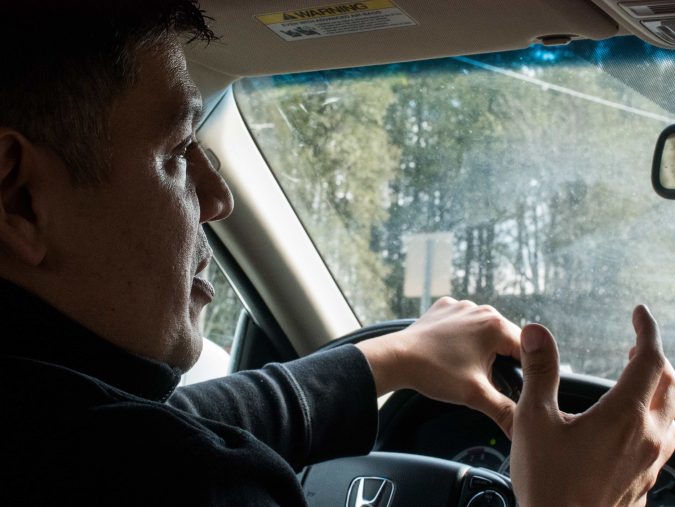
The droves of tourists pouring into the Akwesasne Mohawk Casino Resort are also unknowingly expanding the reservation, Barreiro said. A 240-acre plot of land that extends off the highway is land the Mohawks reclaimed from New York state. The acreage was lost in 1824 in treaty and was recently repurchased with $400,000 in casino dollars, he said. Now it is filled with gnarled trees, but Barreiro said there are plans to build community housing on the plot.
ŌĆ£My dad jokes, ŌĆśThey took so much from us but weŌĆÖre getting it back. One quarter at a time,ŌĆÖŌĆØ Barreiro said.
Aside from the expanding web of local programs the Saint Regis Mohawk Tribe has enjoyed, employment opportunities on the reservation are on the rise, and non-Natives also work for the resort. It is one of the largest employers in northern New York.
Aside from the casino, there are 120 tribally-registered businesses that employ hundreds more. From small ice cream stops to the convenience stores that line the road, gaming dollars spread far past the resort, said Barreiro.
The park is only a sliver of the whole picture. Barreiro cruised through the winding streets of Akwesasne, radio playing track 22 of a CD titled Rabbit Dance. The car jolted over potholes and he said that this road will soon resemble the newly paved streets that cover most of the community.
ŌĆ£WeŌĆÖre not waiting on the state or federal government to come and help us,ŌĆØ Barreiro said. ŌĆ£WeŌĆÖre going to fix our own roads. The gaming operation gives us those dollars to do just that.ŌĆØ
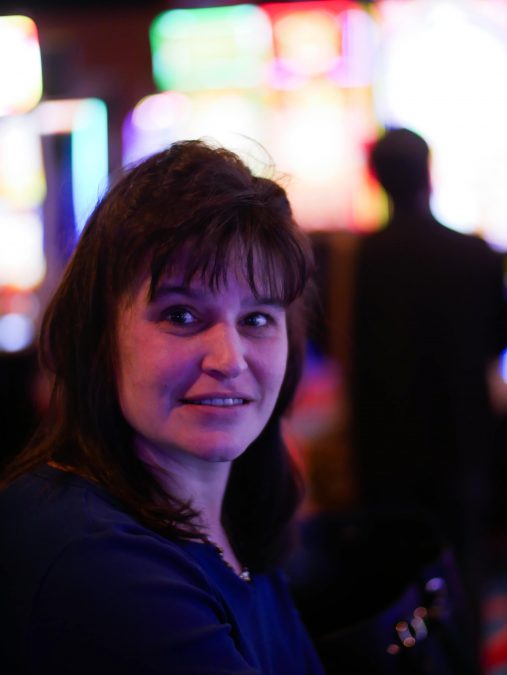
Three generations of casino-goers sat around one of the polished tables at Sticks Sports Bar and Grill at the casino, sharing plates of heaped nachos and crispy onion rings. Sieara Hitchman, the youngest, dipped her straw into frothy whipped cream. She said her family has been going to the casino since it opened.
HitchmanŌĆÖs mother, Peggy Fowler, said the Akwesasne Mohawk Casino Resort is a weekend escape from her full-time job as a school bus driver. Her husband usually accompanies her to play in card tournaments, but that Saturday was a girlŌĆÖs trip. The eldest in the group, Linda Woodard, said she came to the casino more before her husband passed away because he liked senior bingo nights. For this family, the hour drive into Akwesasne is part of a weekly routine.
Before the casino pumped profits into the reservation, many Mohawk Natives moved away in search of higher-paying jobs, or would boom out for days at a time to do iron work in larger cities.
Lauzon lived a quarter-mile from the nearest home and had to walk to get anywhere on the reservation. Her brother and father were iron workers and would come home one night a week. When she drives past her old home, itŌĆÖs now among others in a newly constructed neighborhood.
The Barreiro family left Akwesasne in 1985 when TsiorasaŌĆÖs father landed a job at Cornell University in the American Indian program. They returned to the reservation for brief periods, but jobs were sparse so they stayed in Ithaca for better financial opportunity.
While their family was away, the reservation erupted in what Barreiro terms a pseudo-civil war. The now-shuttered casinos that squat in barren lots along route 37 were the cause for contention. The buildings were owned by individuals and as cash flowed in, it became apparent that the wealth would accrue in their personal pockets.
Community members were outraged. Barreiro spoke to his cousin on the phone in 1990 and heard gunshots echoing through the receiver. His cousin told him that roads had been blockaded. Two died during the casino shoot-out.
ŌĆ£That was a hard band-aid to rip off. ThatŌĆÖs my parents generation,ŌĆØ Barreiro said. ŌĆ£My generation inherited this and weŌĆÖre going the best we can with what we have.ŌĆØ
